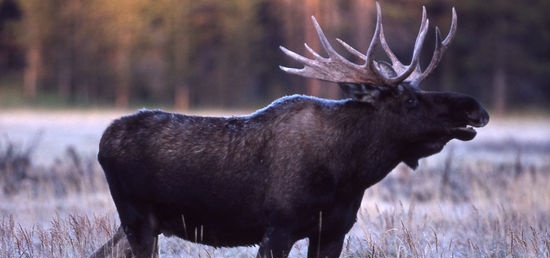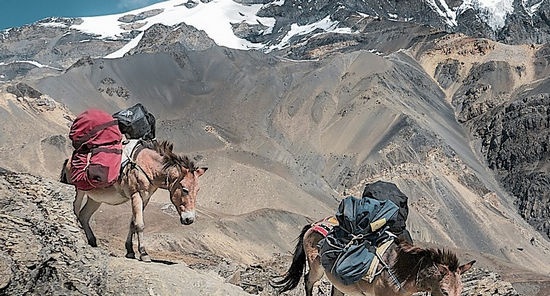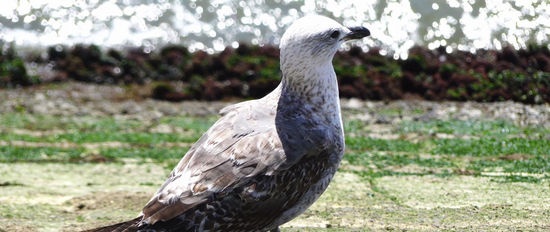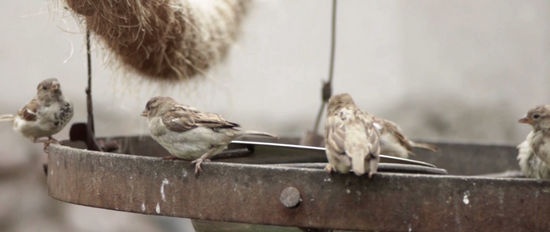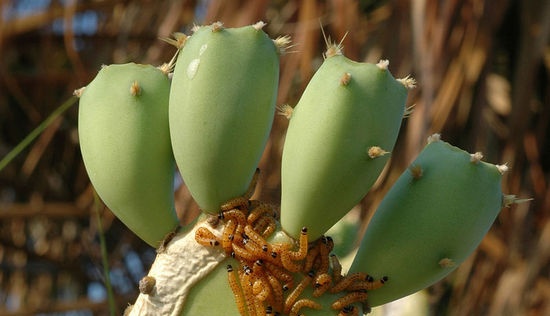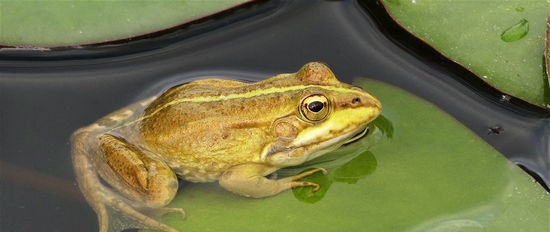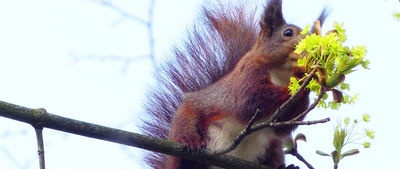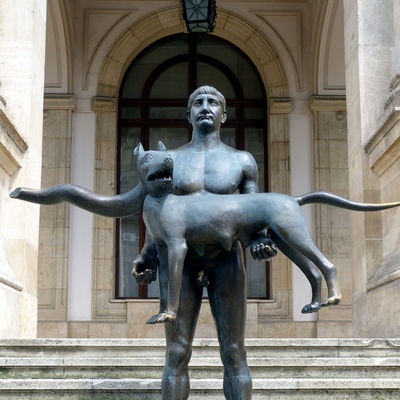In gratitude |
|
This is the monument to the elk in the city of Vyborg. This mighty animal is rightfully considered the beauty of our forests. But in the pre-revolutionary time, the complete disappearance of the elk seemed inevitable, and only vigorous measures to protect it allowed the elk to be saved from complete extermination. Now the moose herd in our country numbers about half a million heads. Prong is also of great practical importance as an object of possible domestication. Since the 15th century, tamed moose have been used as mounts in Sweden. Today, in the Pechora-Ilychsky Nature Reserve, you can see both moose in harness and a herd of milking moose, each of which produces up to 400 kilograms of milk annually. Elk is unpretentious in food: branches and bark of trees, marsh plants are quite satisfied with it. He does not need a stockyard: spending the night in the snow is a common thing. And the moose gives a man a lot - meat, rich milk, strong and elastic skin. Moreover, in the forest and in the swamp, the elk is the best means of transport. Among the animals whose merits have been perpetuated by people, not in the last place is the tireless worker - the pack mule. A bronze monument was erected in his honor in Rome; another mule monument is in Switzerland. We read the word of praise for the mule in the story of A. I. Kuprin "Liquid Sun": "What smart, kind, adorable animals - these mules. Ringing bells, shaking their heads, decorated with rosettes and sultans, carefully placing their long hooves on the stone of a narrow uneven path, they calmly walk along the very edge of the cliff above such a steepness that you involuntarily close your eyes and grab the bow of a high saddle. " In the American city of Salt Lake City, there is a fifteen-foot granite column topped with a globe with two seagulls on top. The monument was erected in honor of the seagulls who once saved the first inhabitants of these places from starvation - the seagulls destroyed the locusts that devastated the settlers' crops. Ordinary sparrows once rescued the inhabitants of another American city - Boston from the misfortune of exterminating innumerable hordes of caterpillars. In gratitude, the Bostonians erected a monument to a sparrow in the main park of the city. There are also monuments to insects on earth. So, a one-of-a-kind statue in honor of a honey bee was built in the city of Gifu by Japanese beekeepers. The hardworking bee brings so many benefits to people (remember honey and wax, medicinal poison, royal jelly and propolis, as well as the prominent role of an insect in pollination of cultivated plants) that it has rightfully earned this high honor long ago. A completely different matter is the agricultural pest kaktoblastis, which is also colloquially called the cactus moth. Kaktoblastis looks like a silkworm caterpillar. The address of the monument erected in his honor is Australia, Queensland, the city of Bunarga. What's the matter here? Why is the pest so honored? In the twenties of our century, an Australian brought a cactus to his homeland from Brazil. The overseas guest has perfectly settled down in Australia. Cactus plantings began to be used as hedges, and the fleshy stems of plants were eagerly eaten by sheep. Australian farmers couldn't get enough of it. But, alas, their joy was short-lived. The cactus hedges began to grow rapidly and were completely out of control. By 1925, they covered an area of 260 thousand square kilometers! The cactus took away the most fertile lands from farmers, even lifted houses from their foundations and drove farmers to ruin. And - what was the worst of all - neither the ax, nor the fire, nor the poisons were able to cope with the tenacious plant. Scientists helped to cope with the disaster. They went to the homeland of the cactus — to South America — and studied a good one and a half hundred insects there, until they finally settled on the cactus moth. 2750 tracks were packed in crates and shipped to Australia. In a short time, their number increased to two and a half million, and then the caterpillars were released on cactus plantings. The effect was amazing! Gluttonous pests (however, is it appropriate to call them that in the current situation?) Ate up harmful plants to the very roots, and then passed on to neighboring ones, and the cacti died one after another. Within ten years, kaktoblastis destroyed 15 million tons of cactus and Australian farmers could breathe a sigh of relief. In gratitude for the deliverance from the terrible misfortune, a monument was erected in the city of Bunarga. There is a special kind of services provided by animals to people. Experimental mice, rats, guinea pigs, and rabbits are used for experiments in hundreds of scientific laboratories in different countries. Among laboratory animals, physiological researchers especially highlight the frog. The amphibian owes this preference to its exceptional endurance and vitality. In the 19th century, a monument to frogs was erected at the University of Paris. It is believed to have delivered it Thousands of experiments were performed on dogs by the great Russian scientist-physiologist Academician I.P. Pavlov in order to find out the laws that govern the mental activity of animals. In Koltushi near Leningrad, where Pavlov made many remarkable discoveries, a monument to the dog was erected with the following inscription: “Let the dog, the helper and friend of man from prehistoric times, be sacrificed to science, but our dignity obliges us that this happens without fail and always without unnecessary torment ". And further: "The dog, thanks to its long-standing affection for humans, its quick-wittedness, patience and obedience, has served, even with noticeable joy, for many years, and sometimes all its life, the experimenter." Dogs are generally lucky to have monuments, some of them have already been discussed in previous chapters. We also add that on the territory of the Berlin Zoo there is a monument to a dog of an unusual profession - a guide for the blind. Specially trained dogs become, as it were, the eyes of people stricken with blindness - they will guide the owner along any route he needs, observing the traffic rules, and help to get on and off the bus. In the Australian city of Gandagay, one of the main attractions is a monument to a dog: on a high pedestal there is a figure of a sitting dog with its head held high. This is a monument not to a dog of any particular profession, but to a dog in general - an old friend of man, who has proven his loyalty for centuries of faithful service. Krasnopevtsev V.P. - Seagulls on a pedestal |
| Combat awards in the animal kingdom | Kuna and Veveritsa |
|---|
New recipes
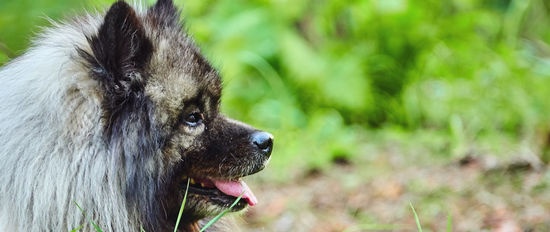 In addition to monuments in honor of specific celebrities, such as Barry and Opo-Jack, there are many typified monuments on earth that are not associated with the veneration of any individual representatives of the vast animal kingdom, but pay tribute to the whole species.
In addition to monuments in honor of specific celebrities, such as Barry and Opo-Jack, there are many typified monuments on earth that are not associated with the veneration of any individual representatives of the vast animal kingdom, but pay tribute to the whole species.